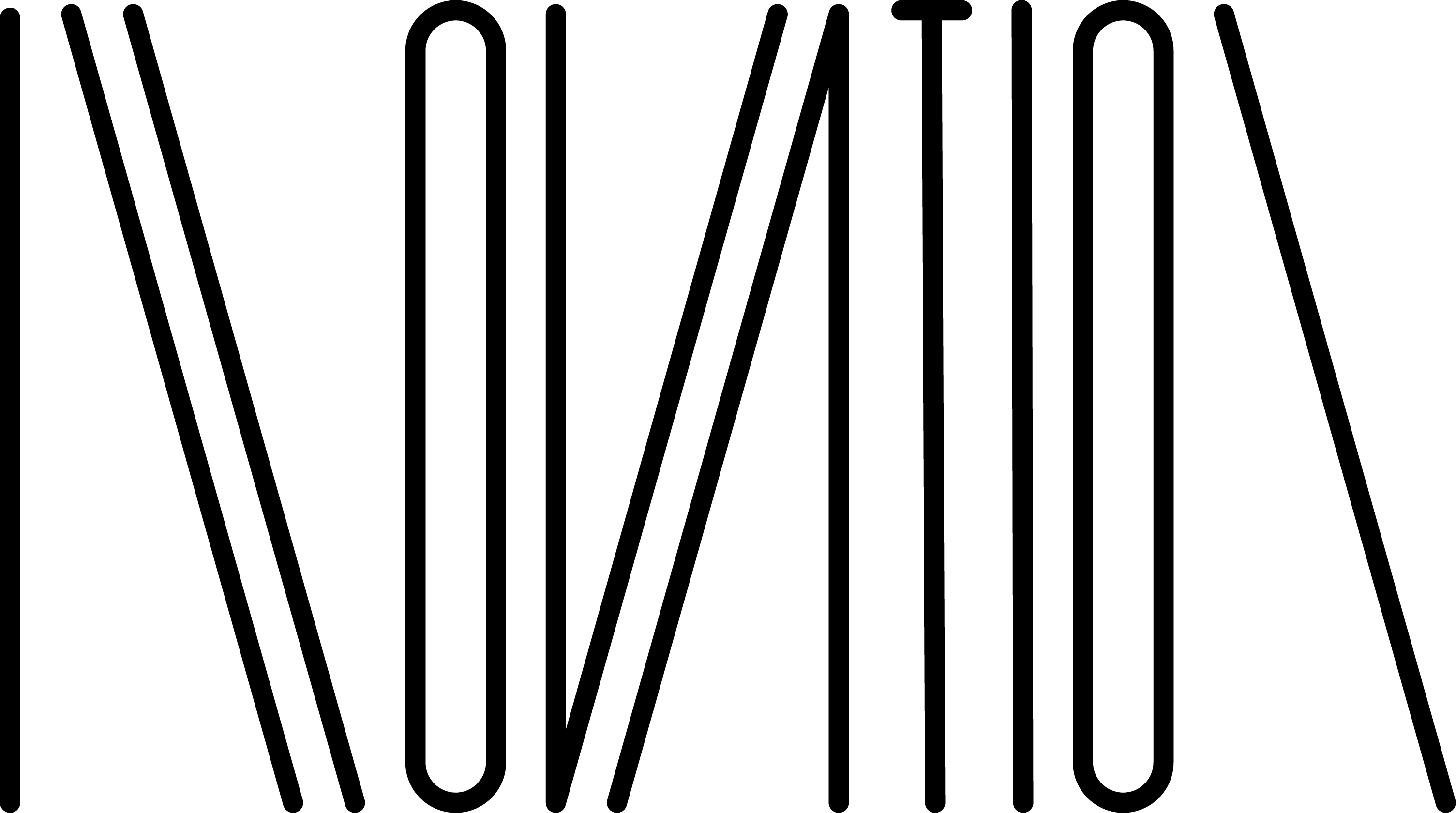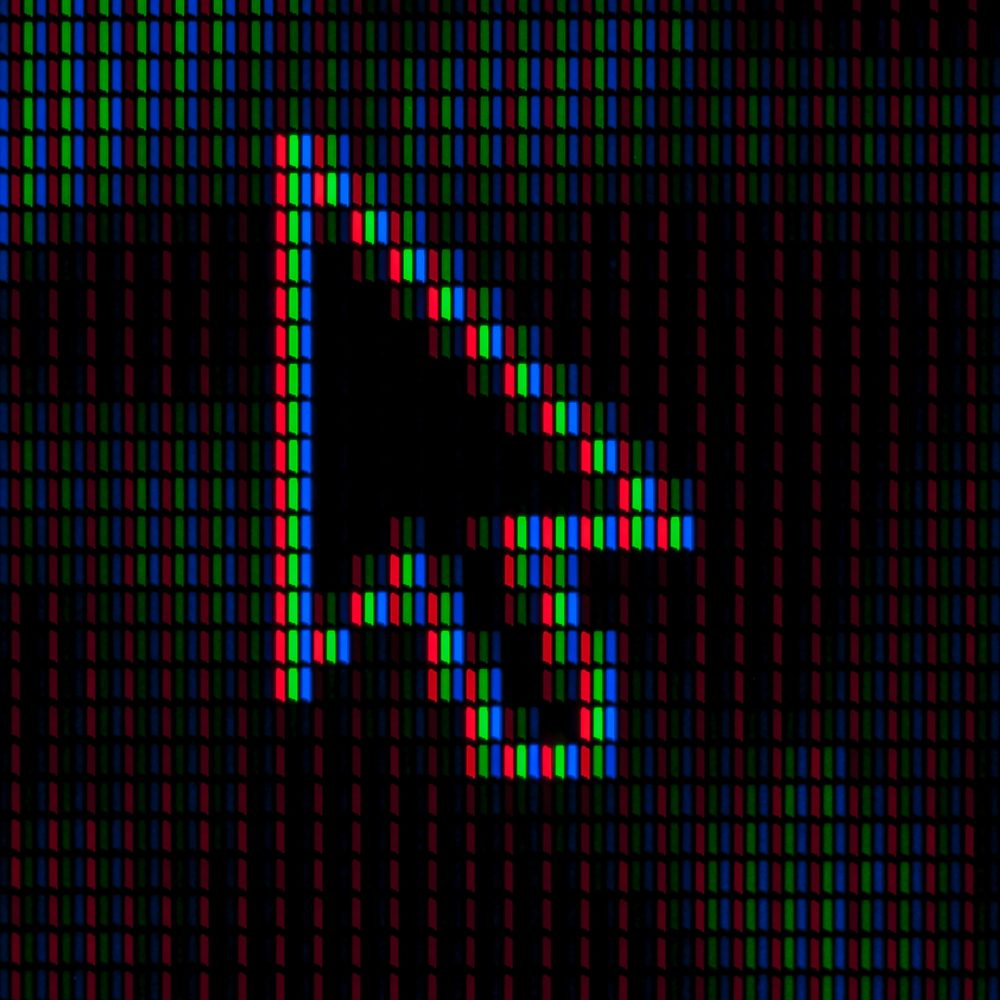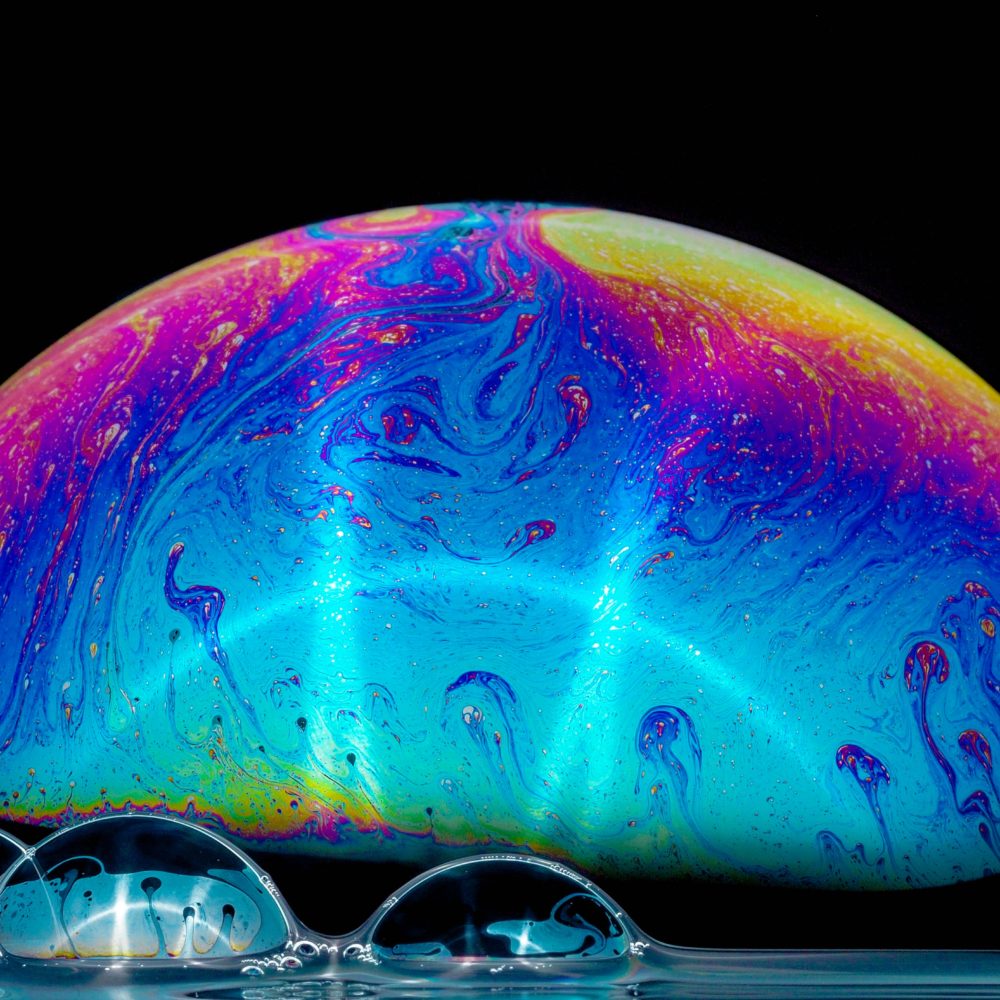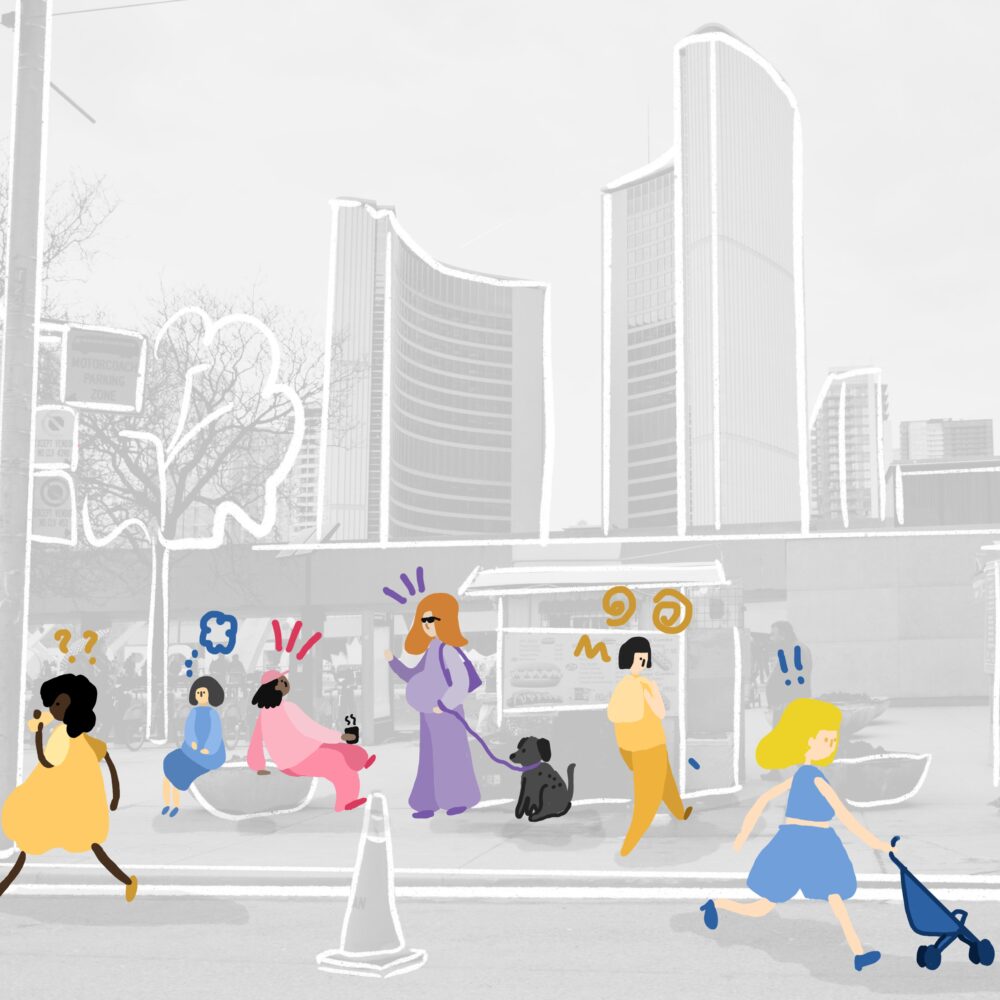Think Big, Start Small: How a Simple Idea Bolstered a Culture of Innovation

Like many of the best origin stories, this one began with Post‑its and design thinking.
It was 2007, and The Leadership Institute—a professional development program that recognizes and nurtures emerging leaders in our firm—had convened its inaugural class in our Atlanta studio. The group was broken into small teams for a brainstorming exercise.
“We were charged with coming up with an actionable plan to build a culture of innovation,” says Mark Walsh, the firm’s Global Director of Technical Design, who was part of that first class and now sits on the Innovation Incubator Committee. Also in that brainstorming group was Leigh Christy, a principal who now leads the Innovation Incubator Committee and sits on our Research Board. The group evaluated, and ultimately ruled out, several innovation program models, including Lockheed Martin’s Skunk Works and Google’s “20% time” policy. Two groups with similar ideas coalesced on a concept centered on small “injections” of innovation via a micro-grant model.
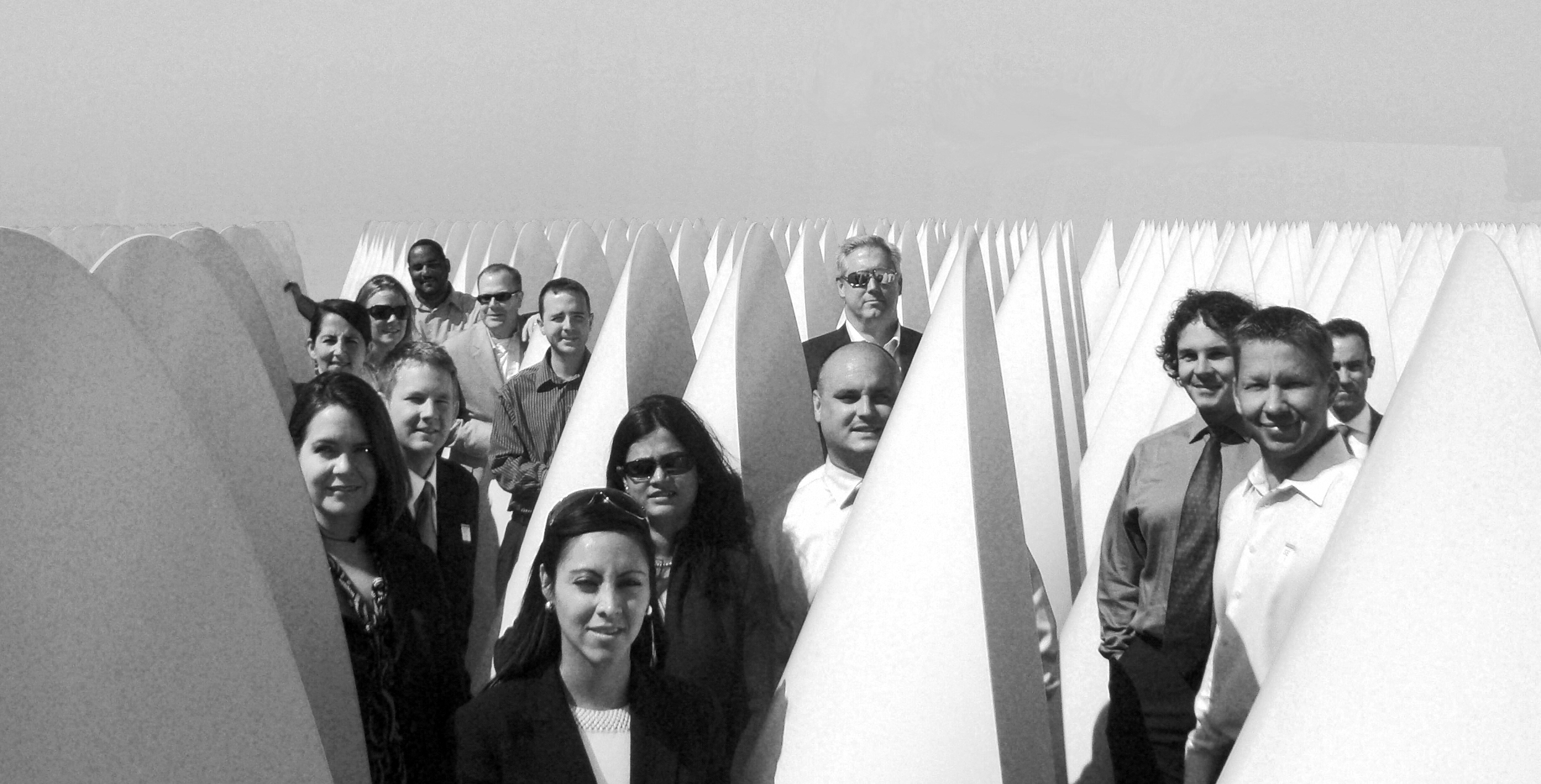
The inaugural Leadership Institute class on the roof of Atlanta’s High Museum of Art
“But Phil called me and said, ‘Well, are you ready yet?’’ says Leigh, “And I was like, ‘Really, right now?’ and he said, ‘Absolutely right now.’”
“After our team presented the idea, our CEO Phil Harrison said ‘Yeah, let’s do that.’” Mark laughs, recalling the instant buy-in. “We were like, ‘Wait, what?’” The Leadership class sub-group presented the idea to the firm’s Board of Directors in 2008 and began to tinker with its framework. And then the Great Recession happened. Leigh recalls assuming they would need to hit pause on building the program. “But Phil called me and said, ‘Well, are you ready yet?’’ says Leigh, “And I was like, ‘Really, right now?’ and he said, ‘Absolutely right now.’”
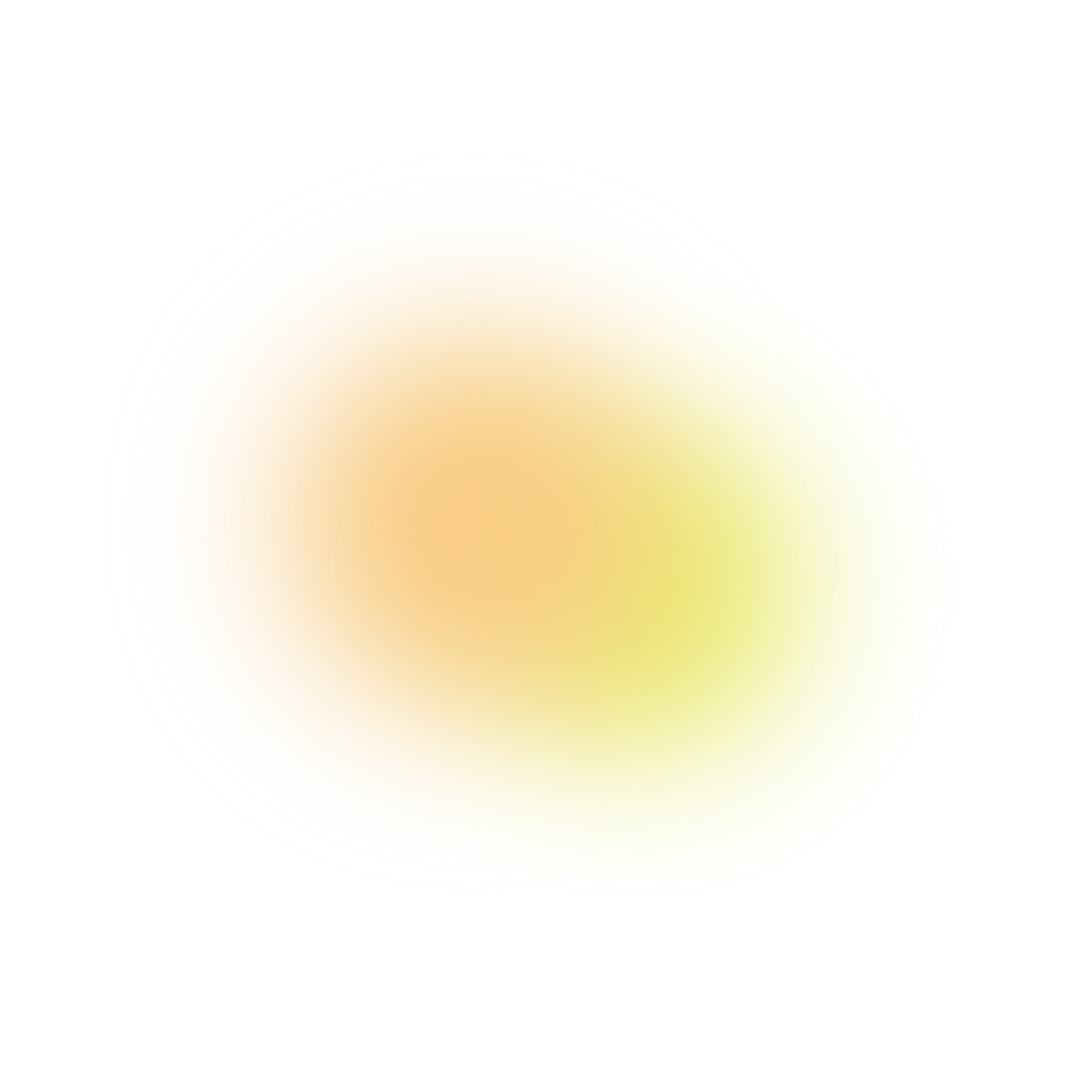


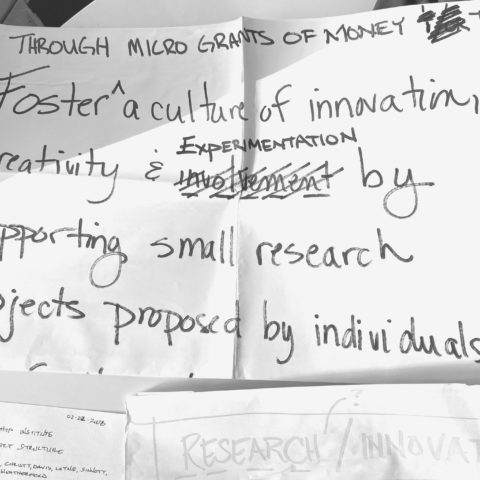
Read more about the process here.
And by any topic, we mean truly no limits. Over the years, the Committee has selected applications that tie directly to our business, covering topics like energy modeling, mass timber, and sensors in workplace environments. But they’ve also granted research to study the design of spaceships and walking canes. That openness is a hallmark of the program.

In the debut call for entries, the Committee was stunned to receive 89 applications—a clear sign of pent-up demand. (Leigh jokes that they were hoping for at least two.) That first round produced 20 completed projects and many lessons learned about the process of packaging innovation—chiefly, that the outcomes of these investigations are often unpredictable. “You have to be kind of comfortable in the uncertainty,” says Leigh.
“We have made progress in building a culture that values this kind of experimentation and exploration,” says Mark. “The continued and sustained number of applications to the program speaks to that.”
Over the last five years, the Committee has ramped up its efforts to encourage participating in Innovation Incubator, making small tweaks to the program to keep employees engaged. Each studio has a designated champion to help drum up enthusiasm during the application periods.
And in 2015, the Committee debuted an open comment period vis a vis an internal firmwide microsite that hosts all current applications. Three years later, it launched Innovation Week, a weeklong celebration of the platform, which generates excitement and inspires a new generation of budding researchers. Whether as a result of the champion program, Innovation Week, or the increased transparency, applications have increased in the past few years.
“We have made progress in building a culture that values this kind of experimentation and exploration,” says Mark. “The continued and sustained number of applications to the program speaks to that.”
In the years following our launch of Innovation Incubator, we further grew our research ecosystem. We established seven Research Labs, two of which emerged from the program. And where the Labs are more structured, tackling projects in service to our various practices and disciplines, Innovation Incubator represents the “widening of the funnel,” as Leigh describes it. “We wanted to be very cognizant that just because Labs had been established, we wouldn’t stop our staff from being able to propose anything they found valuable. We don’t want to put too many restrictions on it that might stop us from discovering what the next new problem or opportunity is.”
The program has become a portal to uncovering key trends, contributing a critical voice to the conversation on how the industry is evolving.

So what’s on deck for the next decade—and beyond? Mark and Leigh share a desire to keep socializing the program, celebrating participants, making connections, and well, staying a “little uncomfortable” for the sake of the program’s growth. At the 10-year mark, the Committee has unveiled a new brand identity and two new platforms, including Innovation on Demand, that will drive even more firmwide engagement.
“One thing I I hope doesn’t change is the smallness of each individual grant,” says Mark. “That has allowed participants to propose ideas outside of our normal business.”
As a longer-term goal, they’re interested in exploring outside collaborations and partnerships while staying true to the original spirit of the program. “One thing I I hope doesn’t change is the smallness of each individual grant,” says Mark. “That has allowed participants to propose ideas outside of our normal business.”
The pride surrounding what they’ve built and shepherded is clear. “It’s one of the most gratifying things I get to do,” says Leigh. “It allows people to break out of their current role and push things with autonomy.”
“I think it’s a real point of pride for me and for those involved,” adds Mark. “It’s this idea that ‘I did this thing, and the firm lets me do this thing.’”
See more innovation stories.
Learn more about our program.
More Stories
